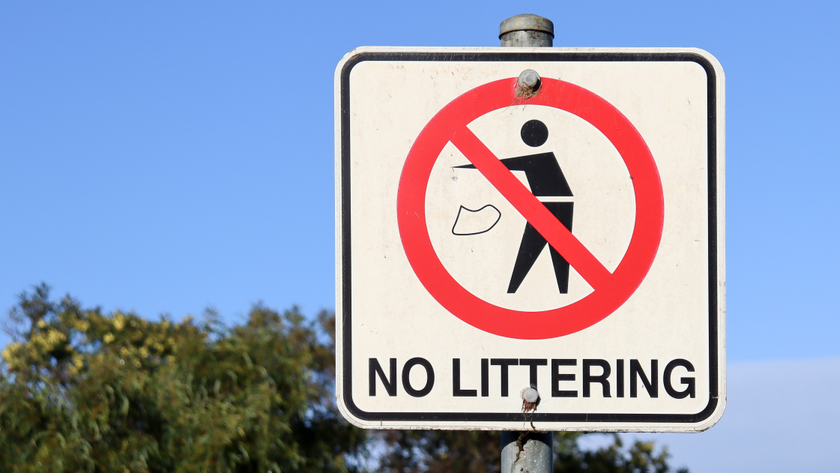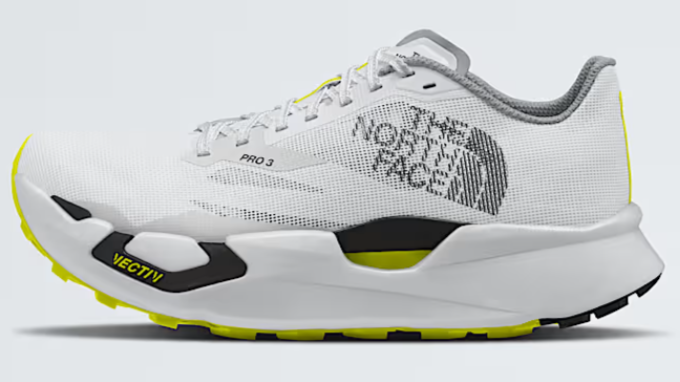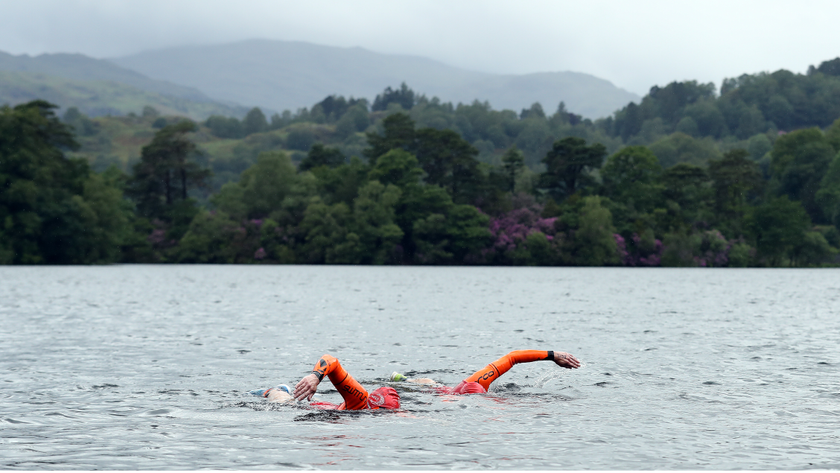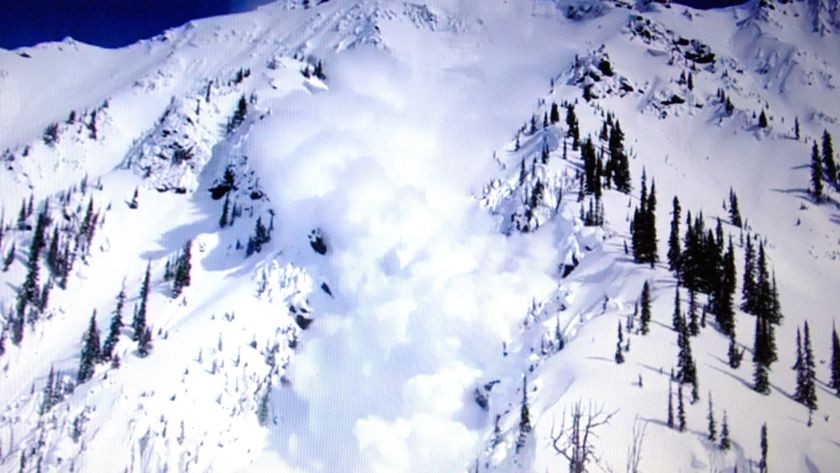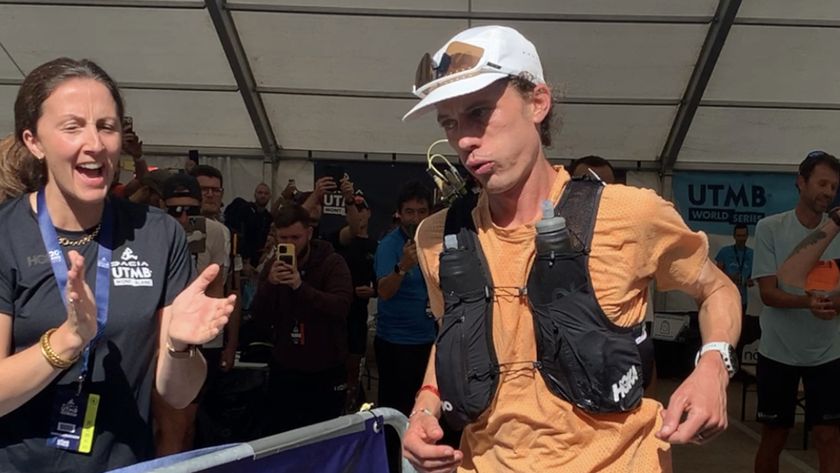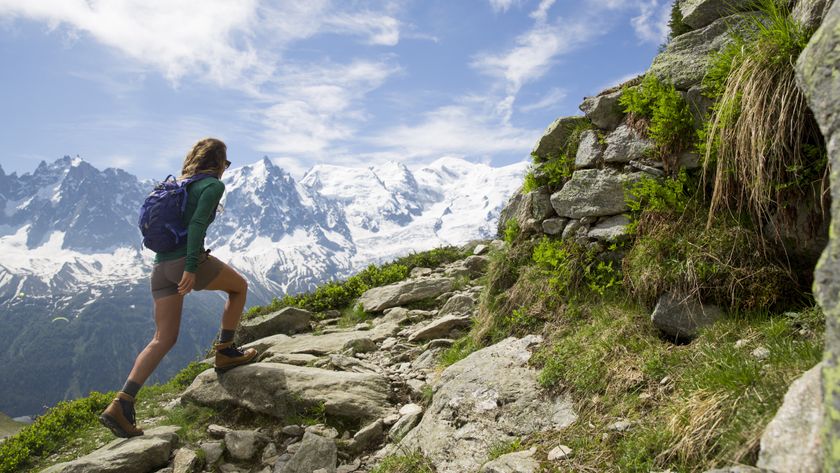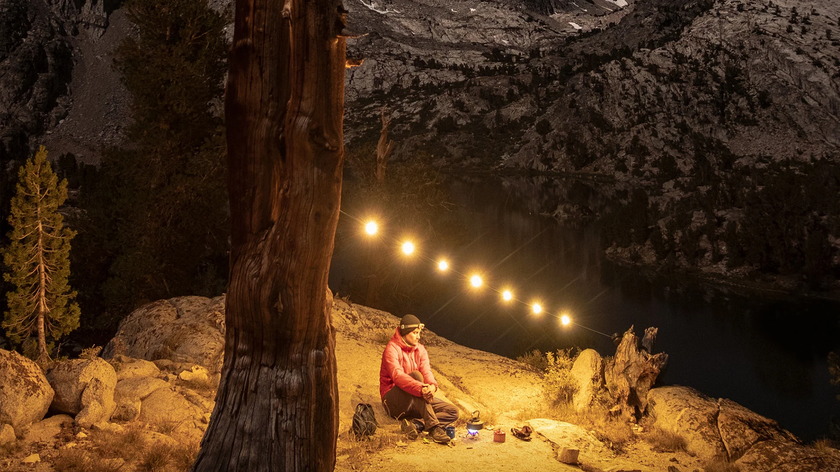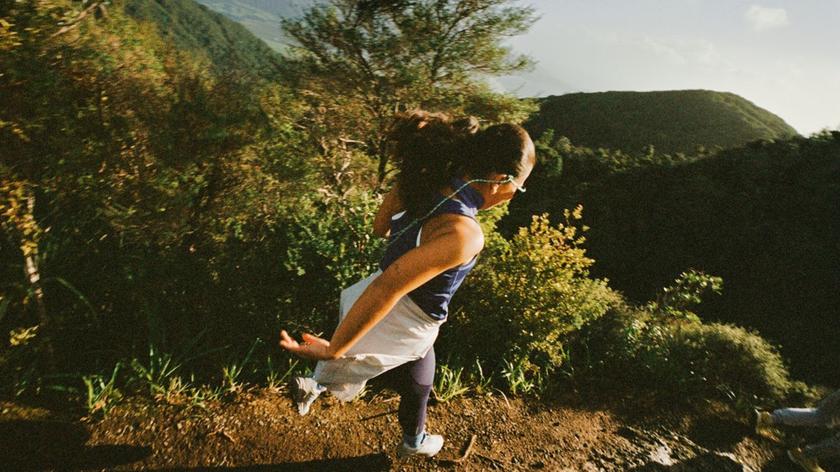Missing hiker found dead in extreme heat in Texas National Park – here's what we know so far
Big Bend National Park is widely regarded as one of America's most dangerous parks, featuring extreme heat and unforgiving terrain
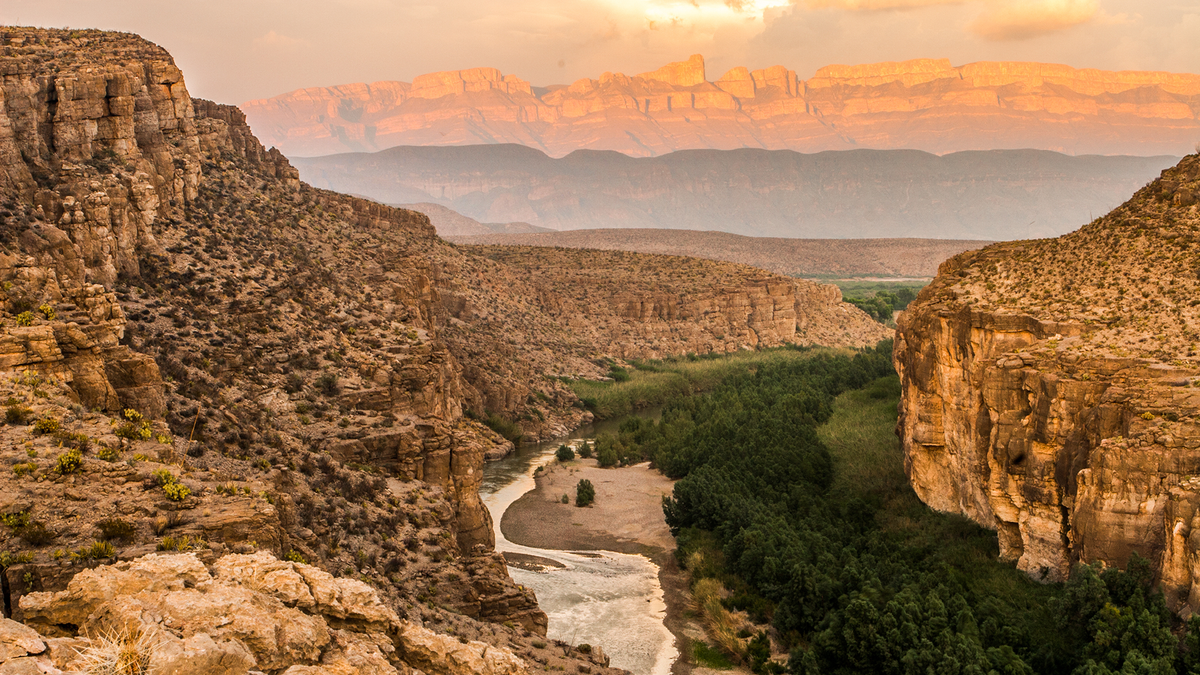
After multiple search and rescue efforts, a missing hiker has been found dead in Texas' Big Bend National Park. The body of a 24-year-old man, who's yet to be publicly identified by authorities, was discovered on the Marufo Vega Trail, a strenuous trek that takes hikers through 14 miles of barren desert and rocky limestone cliffs.
The discovery was made yesterday after park rangers noticed a car had been parked at the route’s trailhead for several days. That morning, a multi-pronged search and rescue effort, which included the use of helicopters, set out to find the car’s owner, scouring Marufo Vega and two nearby trails.
“Big Bend National Park staff and partners are saddened by this loss,” said the park’s Deputy Superintendent Rick Gupman in a statement. “Our entire park family extends condolences to the hiker’s family and friends.”
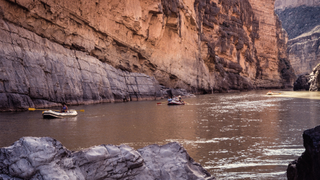
Temperatures in the southwest remain extreme – the Javelina Jundred trail race in Arizona was run in record heat over the weekend – with the mercury reaching 100°F / 37.8°C in desert areas. This relentless heat combined with Big Bend’s unforgiving desert terrain has earned the park a deserving reputation as one of America’s most dangerous. Although only the second fatality this year, the 24-year-old man was the 30th person to die in the park since 2013.
Although it’s not yet clear if heat was involved in this case, the National Park Service has issued a warning to Big Bend visitors following the incident, advising all hikers carry plenty of water and salty snacks, and remain off desert trails in the afternoons.
Trail safety
Hydration is a crucial factor for warm weather hiking. When temperatures are touching the 90s, you should plan to carry 1.6 - 2.1 gallons (6 - 8L) of water for an average eight-hour hike. Learn more in our article on how much water to carry when hiking.
Replacing lost electrolytes is also essential. In soaring temperatures, you will lose large amounts of salt through sweat. These salts can be replaced by snacks like potato chips and peanuts and drinks as well as sports drinks to avoid the risk of becoming hyponatremic.
Advnture Newsletter
All the latest inspiration, tips and guides to help you plan your next Advnture!
In extreme temperatures, it’s best to stay out of the sun altogether and hike only in the early morning or early evening hours. If you're contemplating hiking in the desert, make sure to dress accordingly in light, breathable layers and check park forecasts beforehand.
For more on what to avoid on the trails, check out our guide on when you shouldn't go hiking.
- The best hiking shoes 2024 trail-friendly shoes for all seasons
- The best trail running shoes 2024 get a grip on the trickiest terrain

Will Symons developed his love of the outdoors as a student, exploring every inch of Sussex’s South Downs national park and wild swimming off the Brighton seafront. Now a Staff Writer for Advnture, Will previously worked as a freelance journalist and writer, covering everything from cricket to ancient history. Like most Advnture staff, Will’s time is rarely spent indoors, he can often be found hiking, wild swimming or playing cricket.
